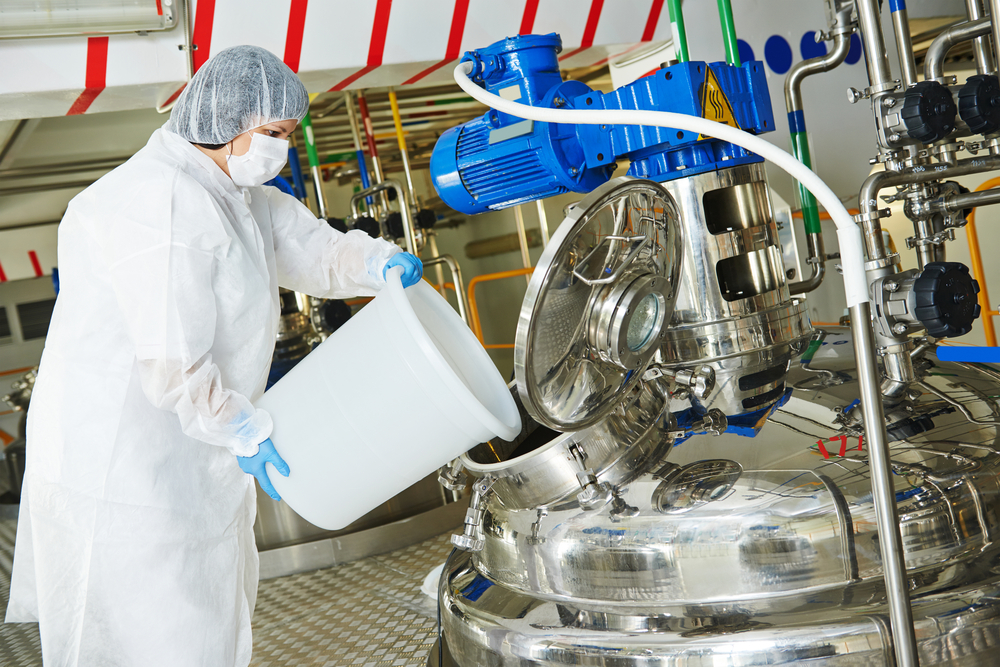
Stonehouse provides professional, impartial and independent advice and qualified expert opinion to support the legal process of resolving cases that involve static electricity, and most areas of process safety. We utilize a science-based approach in our litigation support work that is supported by decades of industry experience including numerous explosion/fire investigations and formal safety studies.
Background
Static electricity is generated whenever any two surfaces make and then break contact or move/rub against each other, creating an electric discharge. Electrostatic charge generation is therefore expected during many common operations, such as when liquids flow relative to pipe walls or when powder particles repeatedly rub/contact the surfaces of processing and conveying equipment, as well as when people are walking on insulating flooring or sliding out of a car seat or chair. Once electrostatic charge is generated it can accumulate in some liquids, on insulating solids, on conductive objects as well as on people who are electrically isolated from being grounded. It is this accumulation of electrostatic charge which, if allowed to occur, can result in electrostatic discharges.
It is noteworthy that electrostatic discharges can ignite most common flammable gas/vapor atmospheres and some dust clouds. This occurs when the electrostatic discharge energy is greater than the Minimum Ignition Energy (MIE) of the flammable atmosphere. The MIE is defined as the smallest electrostatic discharge energy capable of igniting the flammable atmosphere at its most easily ignitable concentration.
The assessment of electrostatic ignition hazards normally involves:
- Determining the magnitude and polarity of the charge that is generated;
- Investigating the ability of the processing equipment and materials to retain/accumulate the static charge;
- Determining the type and igniting power of the discharges that could result from electrostatic charge generation and accumulation; and
- Determining the sensitivity of the flammable atmosphere to ignition by the resulting discharges (Minimum Ignition Energy)
If the energy of the electrostatic discharge is greater than the Minimum Ignition Energy of the flammable atmosphere, a fire or explosion hazard will exist, and measures should be taken to avoid the conditions under which such discharge could occur.

Get in touch
To learn more about our expertise and services in dust explosion prevention & mitigation, call us at +1 609 455 0001 or email us at [email protected] today.
We also offer tailored virtual and in-company process safety training programs on Dust Explosions, Static Electricity and HAC (Hazardous Area Classification) and more. Find further information here.
* indicates required fields







